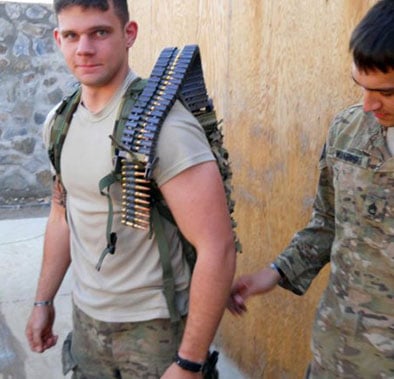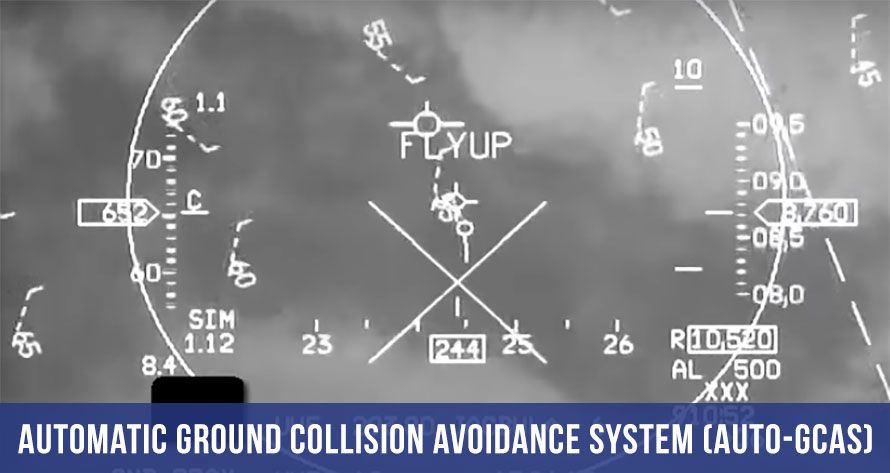Air Force leaders know that the regular airmen in the squadrons will make a better tool, try out new ideas, find a better way to accomplish a mission more often than a developer removed from the battlefield. Sometimes the obstacle to accomplish these goals simply comes down to acquiring the funding necessary to try out an idea or even the approval from above the squadron level. Chief of Staff of the Air Force Gen. David L. Goldfein has paved the way to eliminate that hurdle and accelerate innovation.
General Goldfein has established a program called the “Squadron Innovation Fund” where $64 million dollars of funding will be distributed across all the squadrons. It will be spread among them in amounts of $10,000-30,000 per squadron and, according to Goldfein, will be used for, “squadron-level innovation that delivers bottom-up solutions.”
What better person to identify and solve a problem the military fighter will have on a battlefield than the warfighter themselves. Below are just five innovations that service members helped develop through their own tinkering to fix a problem. Some are recent and some are not.
Five Innovations from the Battlefield
- Bouncing Bomb – In order to disrupt water supplies used to run German factories during WWII, the British planned to drop bombs on dams. The Germans would counter conventional bombing by placing nets over top of the dams to protect from direct hits. The British would invent the “bouncing bomb” they could drop from a bomber aircraft, which would drop the bomb cylinder and skip it across the water surface, under the protective nets, strike the dams and then sink below the surface to explode. The secret they found was to put backspin on the bomb to increase the number of bounces and the lift on each skip, therefore allowing it to travel more distance across the water.

Photograph of the breached Möhne Dam taken by Flying Officer Jerry Fray of No. 542 Squadron from his Spitfire PR IX, six Barrage balloons are above the dam
- Military Ambulance Service – An Army doctor during the Civil War saw a need for a more organized and efficient ambulance system to get the wounded from the battlefield to the field hospitals. Before the establishment of the Union Army’s Ambulance Corps, the removal of the injured was left to incompetent soldiers and the ambulance wagons were commandeered by officers for their own use. Fully in place by the battle of Fredericksburg, this new system proved to be very successful in the removal of the injured and recovery by a dedicated, medically trained staff, which saved many lives.
- Microwave – During WWII, in order to demonstrate the power and danger of his carrier’s new radar system, the ship’s safety officer hung a frozen raw chicken in front of the radar emitter. After two minutes the chicken was fully cooked and steaming.
- Ironman Pack – The Ironman Pack, developed in 2011 by Iowa National Guard soldiers to help them carry more ammunition for their MK48 machine gun, is another battlefield innovation. During a deployment to Afghanistan, these soldiers combined a rucksack and feed trays to allow them to carry hundreds of rounds fed directly from within the backpack to the MK48. It worked so well Army began to produce their own version for other units.

The “Ironman” ammo-carriage system resulted from the innovative thinking of Iowa National Guardsmen serving in Afghanistan. (Photo Credit: Photo courtesy of 1st Battalion, 133rd Infantry Regiment, Iowa National Guard)
- Cargo Pants – The cargo style pants were originally developed by British Armed Forces as early as 1938 by adding pouches to pants for carrying maps and extra field dressings. During WWII, the United States would take this idea and began to outfit Paratroopers with cargo pants to give more storage of ammunition and k-rations. They would continue to improve these utility pants through the Vietnam War. After the Vietnam War, civilians began to buy up these cargo pants to wear to work in their blue color jobs. Eventually, the cargo pant would cross over to fashion and become garments for everyday wear.
This type of funding from programs like the Squadron Innovation Fund not only encourages squadrons to be innovative but shows that the USAF leadership believe in its airmen. By Creating better solutions without waiting on approval from above, which can often be a cumbersome process, the Air Force can advance and improve the way it accomplishes its missions.
Maybe with this initiative, your squadron may spur the next battlefield innovation that makes its way to the general public. Get to tinkering, Airmen!
Get the full details at “AF to Fund Squadron Innovation That Improves Mission Effectiveness”









